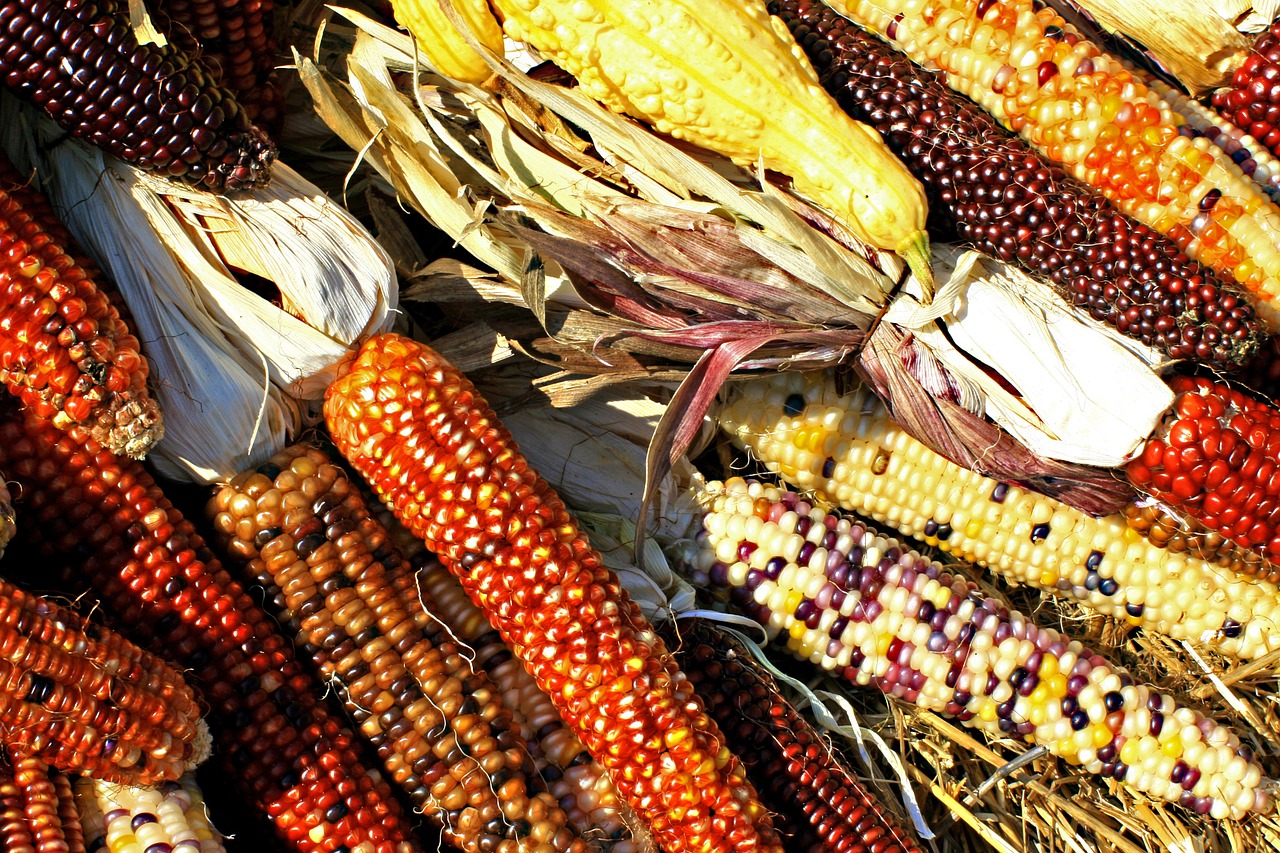
Maize: it is everywhere, it has flooded our lives. We eat it whole, as a sweetener, starch, alcohol, and we can even turn it into glue and plastics. The grain and the plant residues are also key to feeding global growing livestock populations to meet the ever-increasing demand for meat. Many people love it, and even those who dislike it will more than likely consume it hidden in everyday products.
No wonder it is the most grown crop around the world (with a staggering 1070 million metric tons in 2017, 30% more than wheat), and it is cultivated in almost every country. Thus, it is safe to say that corn is and will continue to be key for a large fraction of the human population. However, for some people, this grain is more than just food — it is their everyday livelihood.
Rainfed maize, grown only during the rainy season, is the cornerstone of nutrition for millions of individuals. In Mexico, it is estimated that around 20-25 million people, mostly indigenous groups, directly depend on the maize yield of small-scale farming to survive. Here, maize is grown along with other crops (chile, pumpkin, beans) in an agroecosystem known as “milpa,” which seeks to produce food more efficiently and particularly to “harvest” the largest amount of rainfall, the limiting yield factor. Years with scarce precipitation mean lower yields and lower income. Consequently, the social, economic, and climatic particularities of this production system create a direct link between rainfall, food security, and human welfare.
This is where the villain of the 21st century — climate change — comes into play: in a warmer world, precipitation patterns change. In some regions, this may mean more rainfall, while in others, longer and more intense dry seasons may become more prevalent. In our recent paper, “Food security and climate change: the case of rainfed maize production in Mexico,” we evaluated the risk that climate change poses to the production of this vital grain in the context of the complex social and economic system built around it. We showed the strong coupling between maize and rainfall (a correlation of 91%) both nationally and regionally within the country and examined different future scenarios.
The case of Mexico is worrisome since, as temperatures increase, rainfall starts to “avoid” the country. In the lowest emission scenarios proposed by the IPCC (RCP2.6), the reduction in rainfall is small and only affects little patches of the country, but in the worst case scenario (RCP8.5), the whole country is left thirsty. Moreover, even in the intermediate cases (RCPs 4.5 and 6.0), less rain is expected nation-wide.
Our study showed that the nation-wide reduction in rainfed maize productivity reached up to -10%, with regional decrements of up to 30%. In particular, we identified two key regions at the highest risk of facing important decreases in yields: the Northeast and the Southeast. A decrease in rainfed maize production in the former would likely be a smaller problem since rainfed agriculture is only present in small patches and few people truly depend on it. However, across the Southeast, a large proportion of rainfed maize is grown and mostly by low-income indigenous people. This could utterly translate into several economic and social problems, linked to an increase in poverty of the 25 million people that depend on the grain. So, unless global actions are taken to mitigate climate change it is likely that Mexico will face severe water issues.
Finally, it is important to point out that the relationship between rainfall variability and rainfed maize production is not confined to Mexico. This form of agriculture is practiced across many regions in all continents and low precipitation is always linked to low yields. If maize grows poorly due to insufficient rain, this will translate no only into lower productivity, but also into lower profits and potentially into socioeconomic problems. Thus, the picture outlined in our paper likely represents only a small fraction of what the risk of climate change poses for non-irrigated food production systems.
These findings are described in the article entitled Food security and climate change: the case of rainfed maize production in Mexico, recently published in the journal Agricultural and Forest Meteorology. This work was conducted by Guillermo Murray-Tortarolo, Víctor J. Jaramillo, and John Larsen from the Universidad Nacional Autónoma de México.









